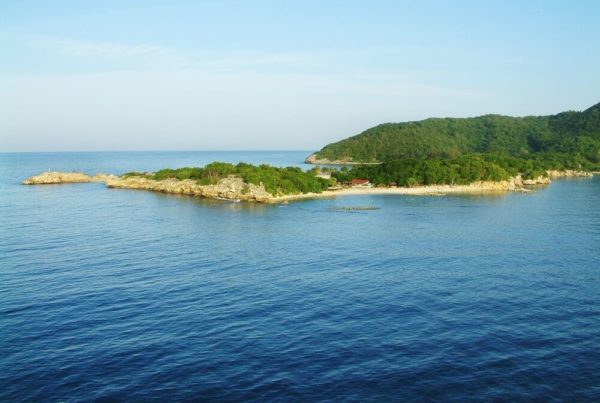If you want to enjoy an exquisite vacation in the Haitian Cape, you must plan your trip to Haiti, a Caribbean country that shares La Española Island with the Dominican Republic in the eastern part of its territory, and that despite having suffered the horrible consequences of one of the most devastating earthquakes of recent years in 2010, it has been recovering and has preserved intact many of the monuments built in the early nineteenth century.
One of the tourist places of this country is undoubtedly the Haitian Cape, located in the district of the same name in the North Department, whose city is in Fort Natividad, the first Spanish settlement in America, and it is the second most important city in Haiti, where you can enjoy wonderful natural scenery with green shores bordered by the waters of the Atlantic Ocean.

Haitian Cape represents an economic centre of the North Department of utmost importance for this country, having a rich and legendary history, traditions and culture which are attractive to many tourists from all over the world, so it has become a tourist destination of interest in the Caribbean.
Within its tourist attractions, the ruins of the Sans Souci Palace and the fortress of La Citadelle, the historic centre of Haitian Cape, and Fort Liberté and the beautiful bay of Labadee stand out, the latter surrounded by spectacular beaches where different sports are practiced, which attract many tourists to that north side of Haiti because it is a fundamental part of the country’s history where the greatest amount of historical monuments are concentrated.
One of the emblematic and most important constructions of Haitian Cape and Haiti is the Laferrière Citadel, known as “The Citadelle”, located only 17 miles south of this city. On the other hand, this fortress is the largest in the entire American continent and even the Western Hemisphere, so in 1982, UNESCO declared it as World Heritage; this is the reason why it has become one of the most important tourist destinations in Haiti.

It is important to note that this fabulous stone structure ordered by King Henri Christophe was built in about 15 years, between 1805 and 1820, and throughout this process some 20,000 workers participated to protect against the attacks of France; so stones were joined with a mixture of lime, molasses and the blood of slaughtered animals (cows and goats) as a tribute to the gods, who were responsible for protecting them.
Taínos were the first occupants of the island of Haiti, and proof of this is the petroglyphs carved on the rocks, rivers and caves in the village of Sainte-Suzanne, located in Haitian Cape, as well as many utensils and artifacts that have been found throughout the centuries and that are part of the cultural and historical heritage of this country.
Another of the beautiful tourist sites is “Labadee Beach”, located in Pointe Honore, a natural setting where you can take fabulous walks, enjoy nature, and practice sports such as swimming and diving, which make it one of the best beaches in Haiti.

Labadee is located on the north coast of La Española, and consists of a tourist complex that is owned by the Royal Caribbean International shipping company which is the main promoter of tourism in Haiti since 1986, employing about 300 Haitians and allowing about 200 street vendors to enter this complex to offer their goods to tourists coming in the cruise ships that anchor at this site in Haitian Cape.

In this complex, tourists can perform different activities, from throwing themselves in zip lines to riding a roller coaster called the Dragon’s Tail; but it is aimed only at tourists and the Royal Caribbean shipping company prevents Haitians from entering.
On the other hand, in Haitian Cap, north of Haiti, the Cathedral of Our Lady of the Assumption is, what is said in French as “Cathédrale Notre-Dame de l’Assomption”, which is affiliated with the Catholic Church, and since ancient times the values and principles of this church have been promoted, despite the fact that most Haitians are believers of African religious practices and today their rites and ceremonies are very valid.
This cathedral was built in 1670, when this country was a colony of France, leaving indelible traces of its permanence on this island. Likewise, the square that is next to this cathedral is very emblematic because the release of slaves was proclaimed there on August 29, 1793, what was an important step in the independence of the Haitians.
This is how in the Haitian Cape there are many vestiges of the history of Haiti, becoming a must-see tourist destination to enjoy some fun and joyful days in the Caribbean Sea.





ALFA